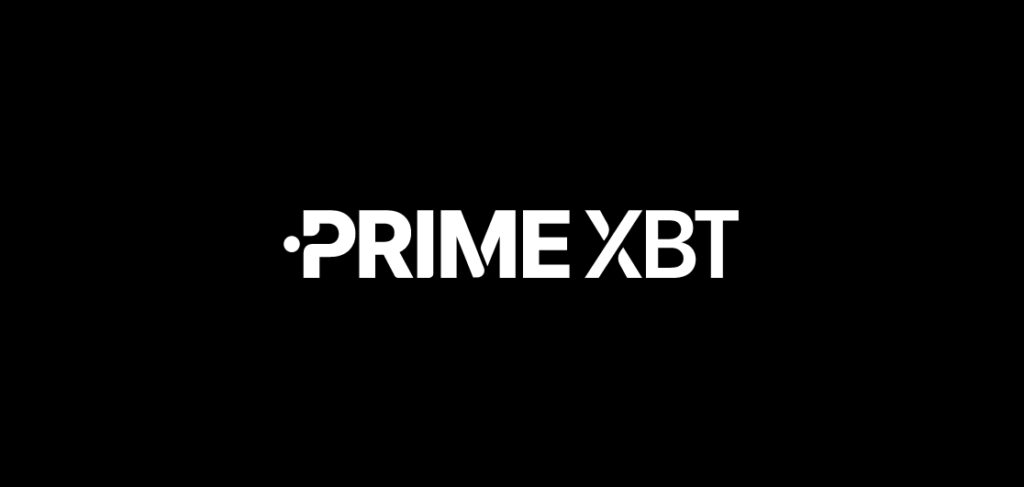
Mastering the Art of Crude Oil Trading
Trading crude oil can be an exciting yet complex venture. As one of the most traded commodities worldwide, understanding the dynamics of crude oil trading is essential for both novice and experienced traders. With fluctuating prices influenced by geopolitical events, economic indicators, and supply-demand factors, developing a robust strategy is a key element for success in oil trading. This guide will help you navigate through the intricacies of crude oil trading and will introduce you to various strategies you can implement to enhance your trading skills. For additional insights, be sure to check out how to trade crude oil at primexbt PrimeXBT forex strategies.
Understanding Crude Oil
Crude oil is a liquid fossil fuel comprised mostly of hydrocarbons, and its market is characterized by high volatility influenced by many factors, including OPEC decisions, political unrest in oil-producing countries, and global economic conditions. There are two main types of crude oil: West Texas Intermediate (WTI), which is commonly used as a benchmark in the U.S., and Brent Crude, used as a global price benchmark. Each type has unique characteristics that may influence your trading decisions.
Why Trade Crude Oil?
There are several compelling reasons to consider trading crude oil:
- High Liquidity: Oil is traded globally, providing high liquidity, which means you can enter or exit positions quickly.
- Volatility: The oil market is known for its price swings, offering traders the opportunity for significant returns.
- Hedging Opportunities: Traders can hedge against inflation and currency fluctuations by investing in oil.
- Diverse Trading Options: You can trade crude oil through various financial instruments including futures, options, ETFs, and CFDs.
How to Get Started with Crude Oil Trading
Entering the world of crude oil trading requires education, research, and a solid plan. Here are the steps to get started:
1. Educate Yourself
Understanding the fundamentals of the oil market is critical. Familiarize yourself with key terms, trading platforms, and market analysis techniques. Utilize resources such as books, online courses, and trading forums to enhance your knowledge.
2. Choose a Trading Style
There are several trading styles you can adopt when trading crude oil:
- Day Trading: Involves executing numerous trades throughout the day to capitalize on short-term price movements.
- Swing Trading: Focuses on capturing price swings over a few days or weeks.
- Long-term Investing: Involves holding positions for months or years, based on long-term market trends.
3. Select a Trading Platform
Choose a reliable trading platform that offers a range of tools and resources for crude oil trading. Look for features such as charts, technical analysis tools, and customer support.
4. Analyze the Market

Market analysis is critical to successful trading. You can employ both fundamental and technical analysis strategies:
- Fundamental Analysis: Involves examining economic reports, oil inventory levels, geopolitical events, and OPEC reports to determine oil price movements.
- Technical Analysis: Uses historical price charts to identify patterns and trends. Familiarize yourself with indicators such as moving averages, RSI, and MACD.
5. Risk Management
Risk management is crucial in trading. It’s essential to set stop-loss orders to limit possible losses. Consider diversifying your portfolio to mitigate risks associated with oil price fluctuations.
6. Develop a Trading Strategy
Create a well-defined trading strategy that incorporates both your risk tolerance and trading goals. You can experiment with various strategies and refine them based on your trading experience and market conditions.
Common Trading Strategies for Crude Oil
Here are a few popular strategies that traders implement in the crude oil market:
1. Trend Following
This strategy involves identifying and following the direction of the market trend. Traders use indicators to confirm the trend and enter positions in the same direction as the trend.
2. Range Trading
In range trading, investors identify levels of support and resistance and place trades accordingly. This strategy works well in stable markets where prices oscillate between high and low points.
3. Breakout Trading
Breakout trading focuses on entering a position once the price breaks above a resistance level or below a support level, anticipating significant price movements resulting from the breakout.
Staying Informed
Crude oil prices are influenced by a multitude of factors, making it crucial for traders to stay informed about market news and developments. Regularly follow financial news outlets, subscribe to market analysis reports, and join trading communities to gain insights into the latest trends in the oil market.
Conclusion
Trading crude oil can be both rewarding and challenging. With the right education, strategies, and risk management, you can navigate the complexities of the oil market. Remember to continually analyze your performance and adapt your strategies as needed. Whether you are looking to day trade or invest in the long term, being well-prepared will set you on the path to success in crude oil trading.
